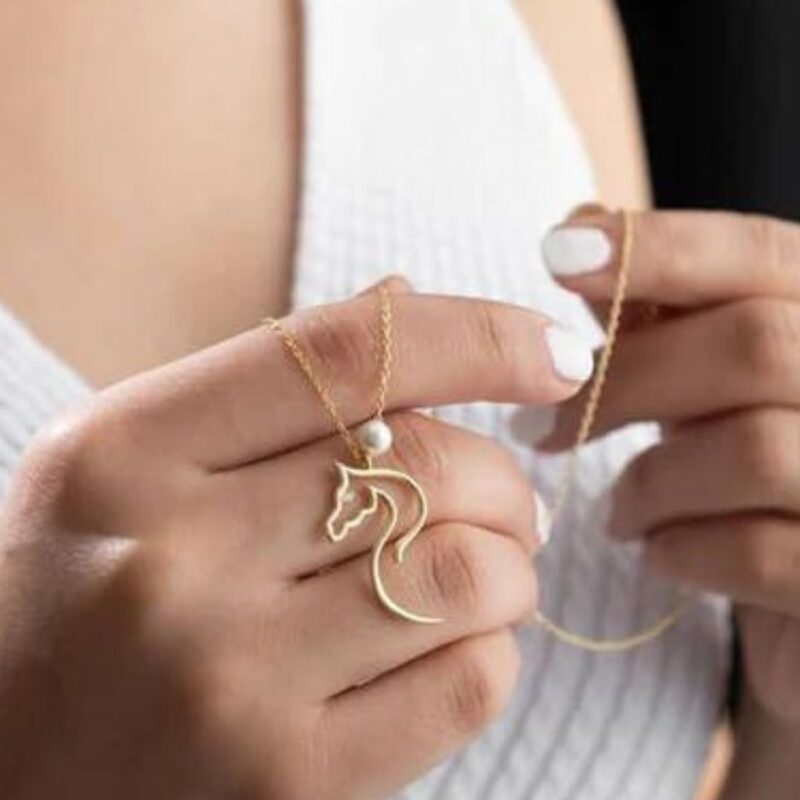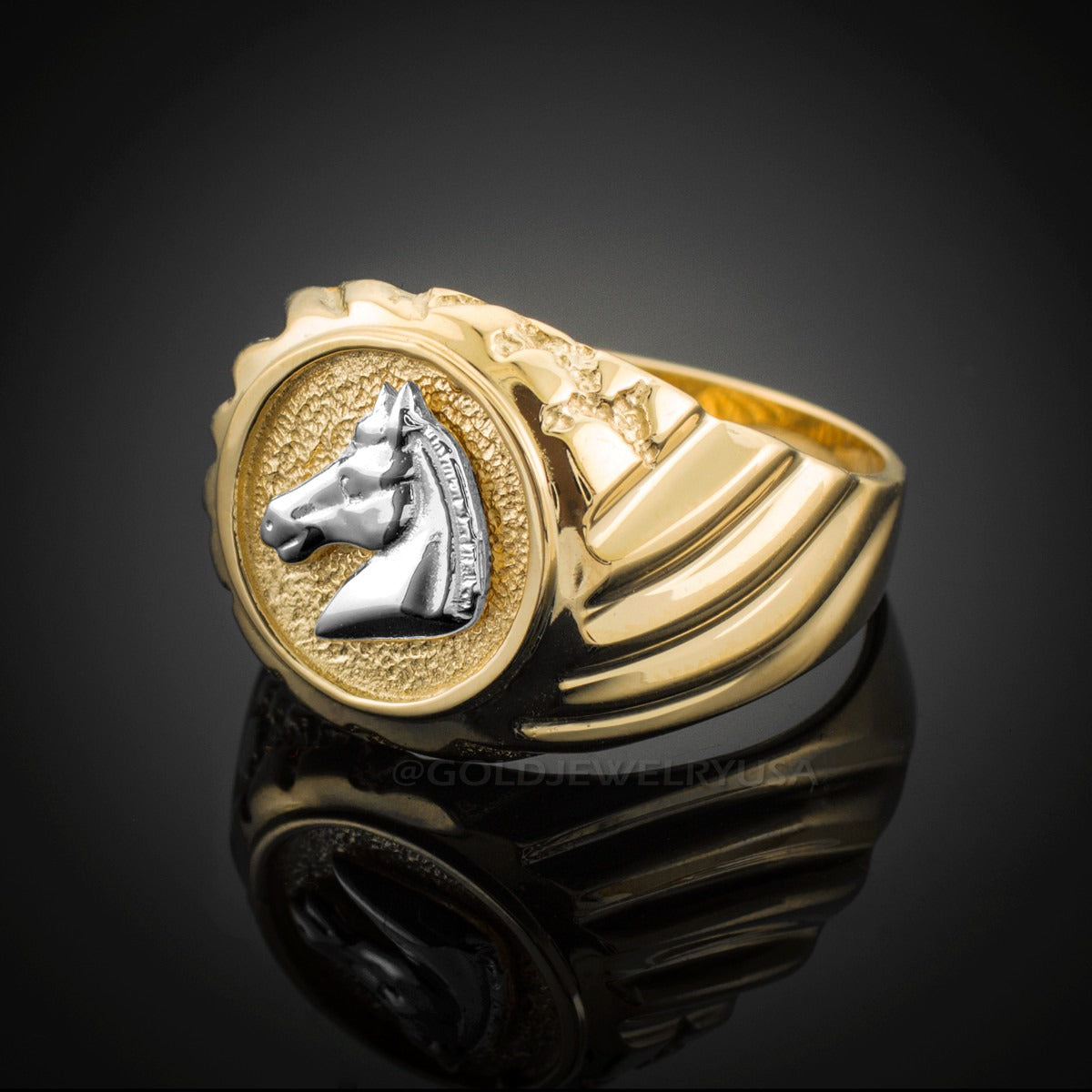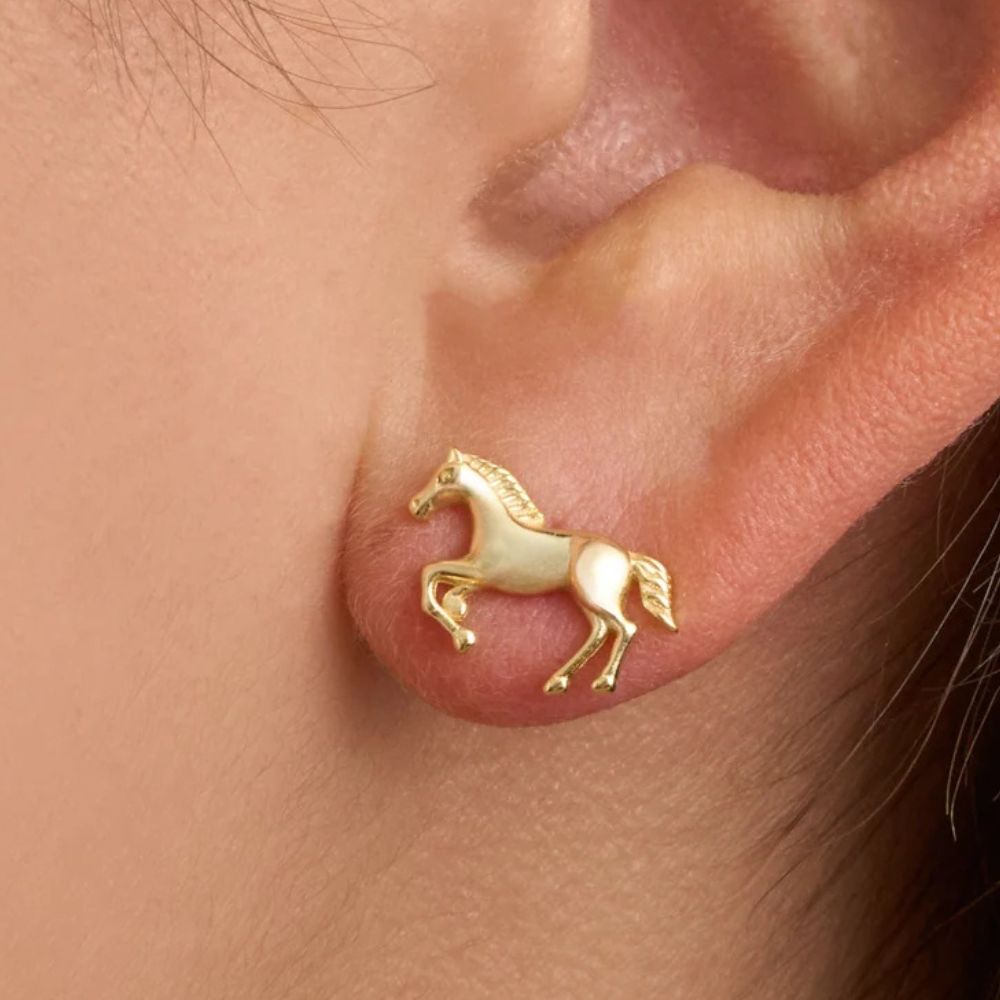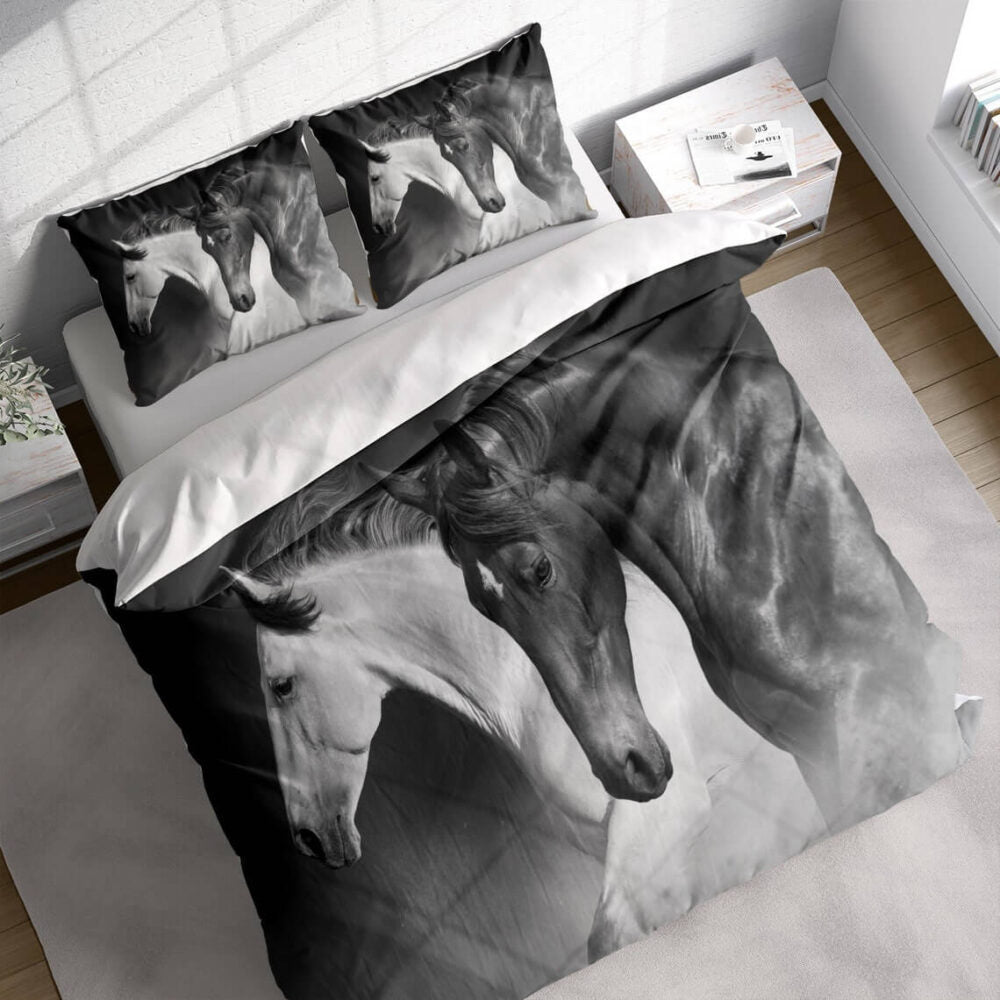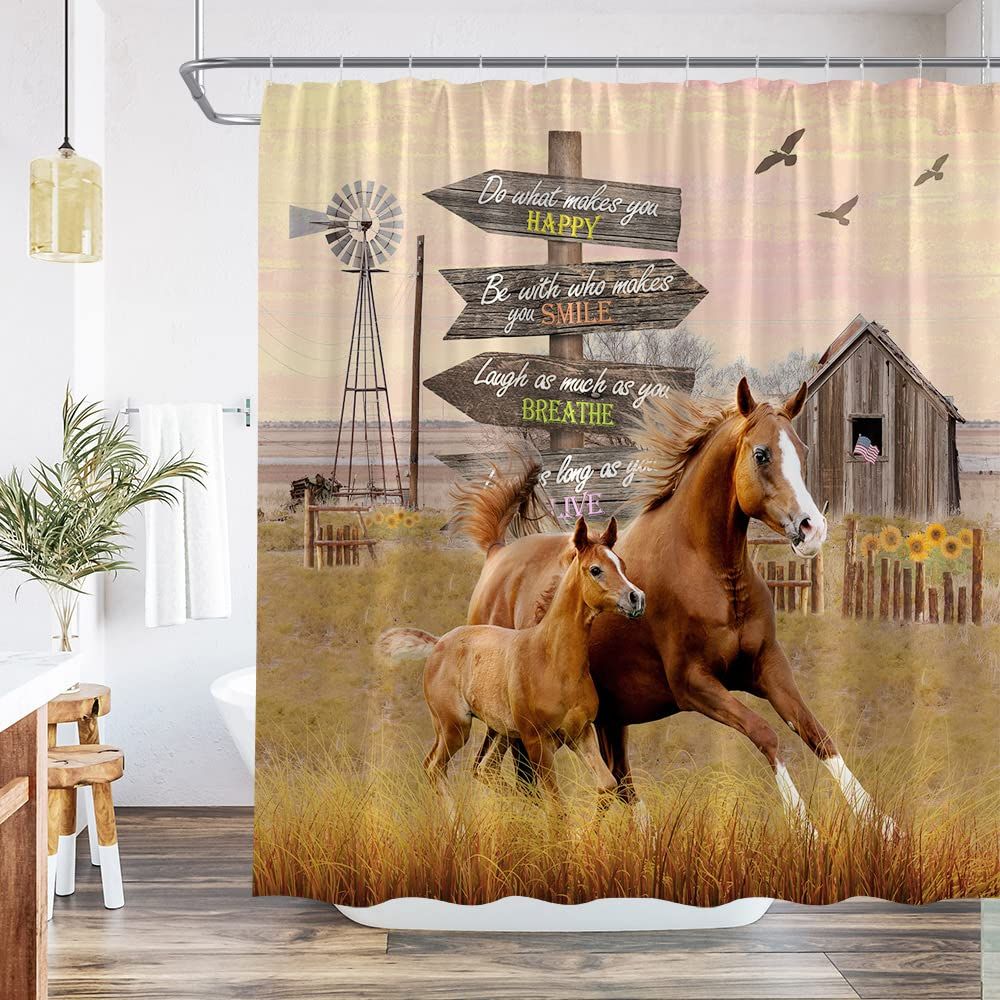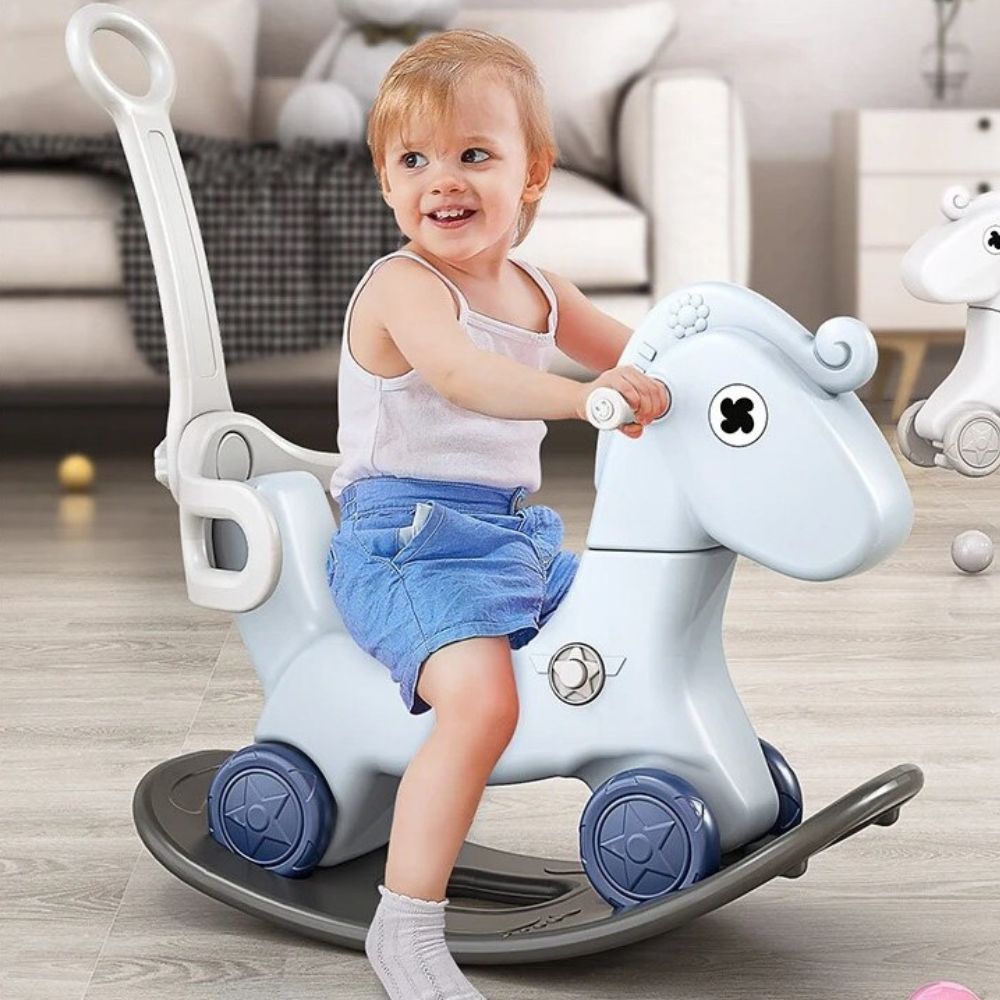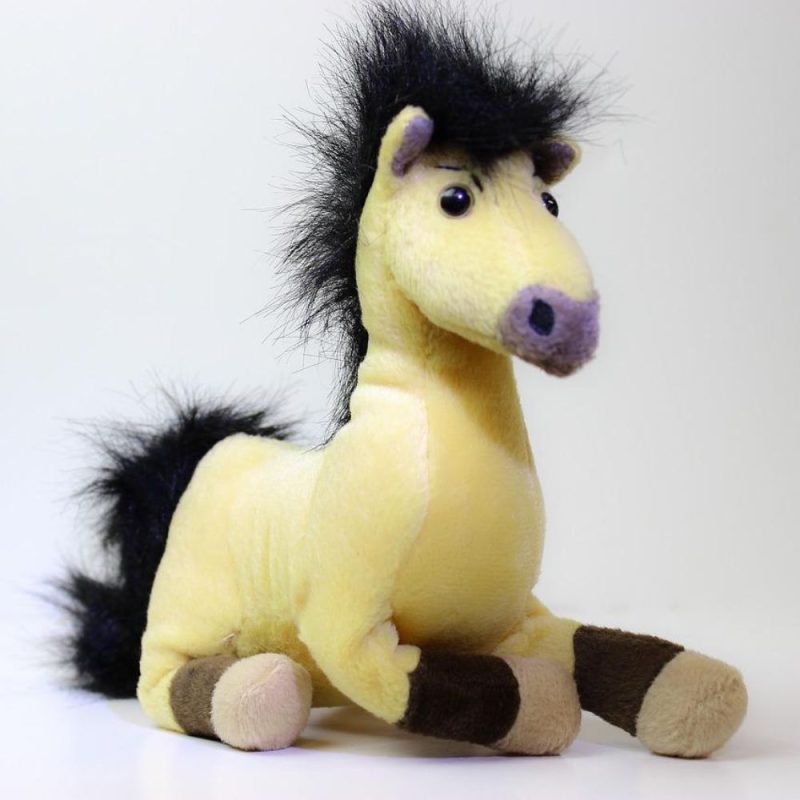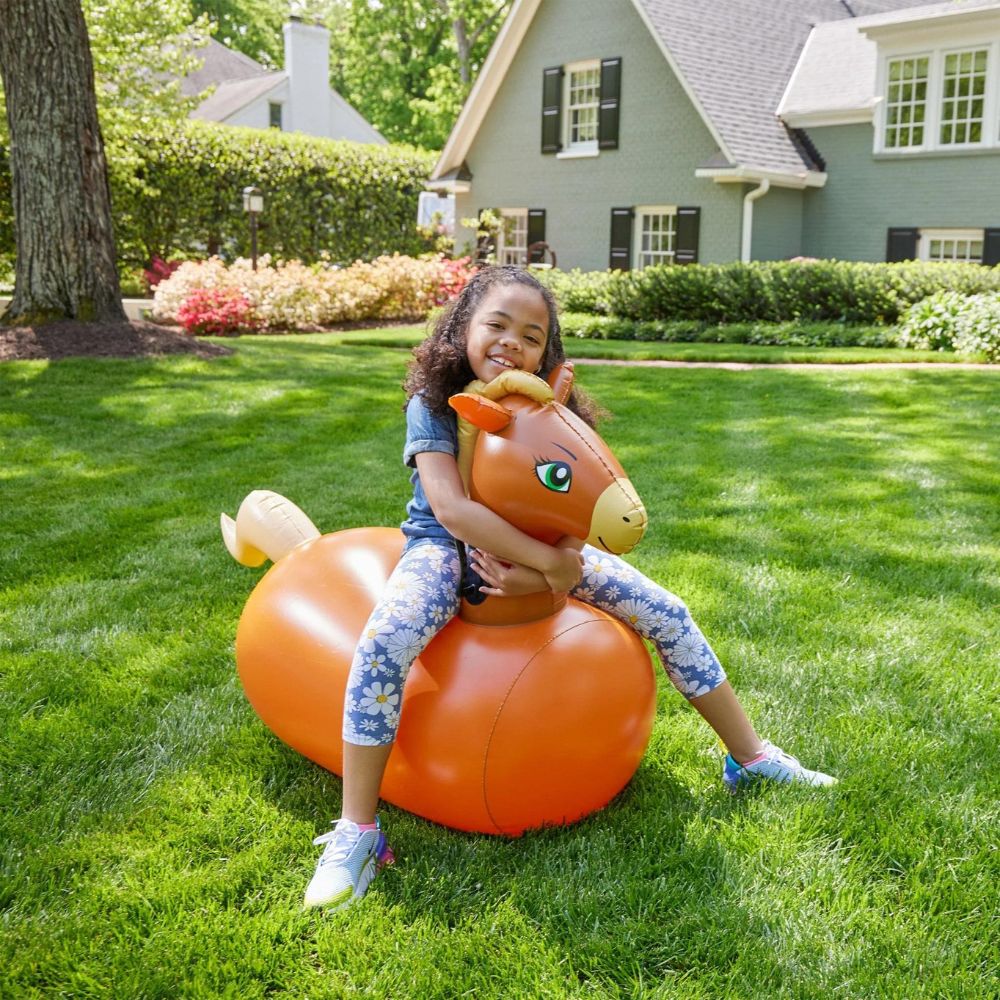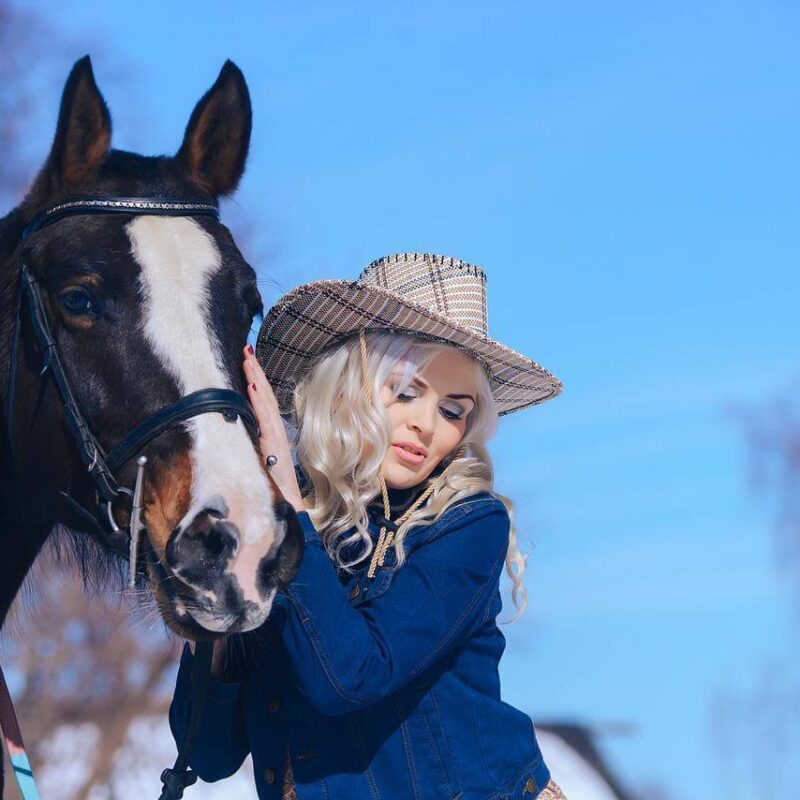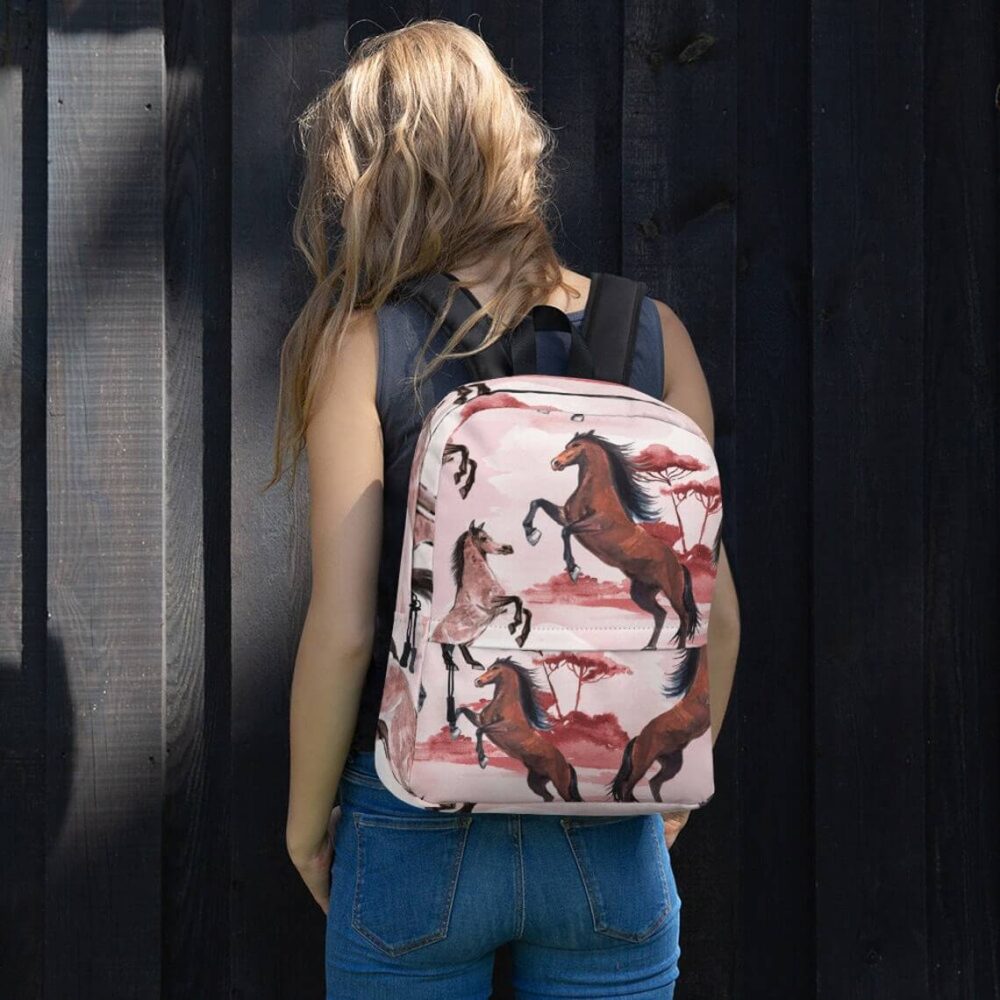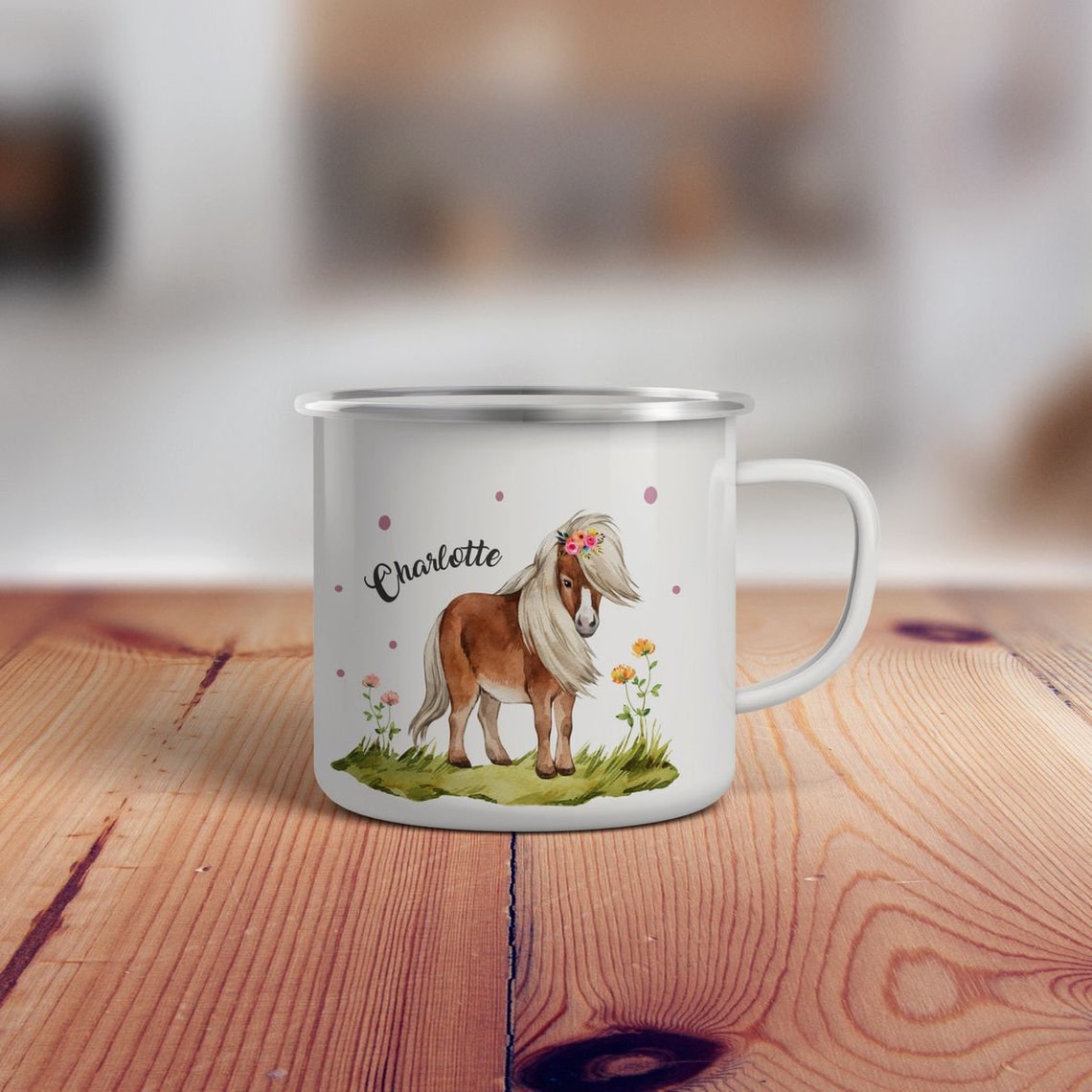
How to Halter a Horse: The Complete Step-by-Step Guide for Horse Lovers
How to halter a horse is one of the most fundamental skills every horse enthusiast must master. Whether you're a complete beginner or looking to refine your technique, putting on a horse halter correctly ensures both your safety and your horse's comfort. This essential horse handling basics skill forms the foundation of all horse-rider interactions, from daily grooming to advanced training sessions.
Haltering a horse safely involves understanding horse behavior, proper approach techniques, and the correct sequence of movements. A well-fitted halter not only provides control but also builds trust between you and your equine partner. Throughout this comprehensive guide, we'll explore everything from proper haltering technique to handling challenging situations with nervous or head-shy horses. Express your style and assert your individuality as a confident horse handler with the right knowledge and quality equipment from Dream Horse's exceptional collection of equestrian accessories.
Chapter 1: Understanding Horse Behavior and Preparation for Haltering 🧠
Reading Your Horse's Body Language
Before attempting to halter a horse, understanding equine psychology is crucial. Horses are prey animals with natural flight instincts, making your approach and demeanor critical factors in successful horse haltering for beginners. Watch for signs of relaxation like soft eyes, lowered head, and one hip cocked, which indicate your horse is ready for interaction.
Conversely, pinned ears, raised head, and tense muscles suggest anxiety or resistance. According to renowned horse trainer Pat Parelli, "Horses don't care how much you know until they know how much you care." This philosophy applies perfectly to approaching a horse with a halter – your energy and intention matter more than technique alone.
Essential Equipment and Safety Preparations
Quality equipment makes all the difference in haltering a horse safely. At Dream Horse, we understand that exceptional gear enhances both safety and style. Your halter should fit properly – neither too loose nor too tight. Correct halter size ensures comfort while maintaining control during groundwork sessions.
The parts of a halter include the crown piece, noseband, throatlatch, and chin strap. Each component serves a specific purpose in maintaining secure, comfortable contact with your horse. Premium leather halters from our equestrian collection not only provide superior durability but also develop a beautiful patina over time, expressing your commitment to quality horsemanship.
Creating the Right Environment
Haltering in a stall versus haltering in a field requires different approaches. In confined spaces, horses may feel trapped, potentially triggering defensive behavior. Always ensure adequate lighting and remove any distractions that might spook your horse. When catching a horse to halter in a pasture, approach calmly from the side, never directly from behind where you're in their blind spot.
The timing of your haltering session matters significantly. Horses are naturally more alert during feeding times or when separated from their herd. Plan your step-by-step horse haltering sessions during quieter moments when your horse is relaxed and focused on you.
Chapter 2: Step-by-Step Haltering Technique for Success ✅
The Proper Approach Method
Approaching a horse with a halter requires patience and consistency. Begin by standing at your horse's shoulder, speaking in calm, reassuring tones. Hold the halter in your outside hand, keeping it low and non-threatening. This positioning allows for quick retreat if necessary while maintaining your horse's trust.
Phase 1: Initial Contact and Preparation
-
Hold the lead rope attachment in your dominant hand
-
Keep the halter folded neatly to avoid tangling
-
Approach from a 45-degree angle to the shoulder
-
Allow your horse to see and smell the equipment
-
Reward calm behavior with gentle praise or treats
Phase 2: Positioning the Halter
-
Slide your arm over the horse's neck near the poll
-
This creates a "neck rope" effect for gentle control
-
Position the noseband just below the cheekbones
-
Ensure the halter loop over ears slides smoothly
-
Never force or rush this critical step
Professional Techniques for Success
Proper haltering technique involves smooth, deliberate movements. As you place the noseband, ensure it sits approximately two fingers' width below the prominent cheekbones. This positioning provides control without interfering with breathing or jaw movement.
When securing the halter buckle, maintain constant contact with your horse through your positioning arm. This connection reassures nervous animals while giving you immediate awareness of any tension or resistance. Quality craftsmanship in our Dream Horse halter collection ensures smooth buckle operation, even with cold or wet fingers.
Common Timing and Rhythm Considerations
Successful haltering a young horse or haltering a foal requires extra patience and shorter sessions. Young animals have limited attention spans and may become overwhelmed by prolonged training sessions. Research from the University of Kentucky Equine Research Center indicates that horses learn most effectively in 15-20 minute sessions with clear beginning and end points.
The rhythm of your movements should mirror your horse's natural breathing pattern. Rush the process, and you'll create anxiety. Move too slowly, and you might lose your horse's attention. Finding this balance is key to training a horse to halter effectively.
Chapter 3: Specialized Techniques for Different Horse Types and Situations 🎯
Working with Nervous or Head-Shy Horses
Haltering a nervous horse requires modified techniques focused on building confidence. These animals often have negative associations with head handling, possibly from rough treatment or medical procedures. Your approach must prioritize gentle horse handling above speed or efficiency.
Start with desensitizing a horse to a halter through gradual exposure. Begin by simply carrying the halter near your horse without attempting to put it on. Reward calm acceptance with treats or scratches in their favorite spots. This process might take several sessions, but patience pays dividends in long-term trust building.
For head-shy horses, consider starting with a rope halter, which often feels less restrictive than leather alternatives. Rope halters also provide clearer communication, making them excellent training tools. The natural fiber construction allows for subtle pressure variations that many horses find more comfortable than rigid materials.
Advanced Techniques for Challenging Situations
Haltering an unhandled horse presents unique challenges requiring professional-level skills. These situations often arise with rescue horses or animals that have received minimal handling. Safety becomes paramount, and you may need assistance from experienced handlers.
Begin with horse respect training exercises before attempting haltering. Establish personal space boundaries and basic leading responses. According to equine behaviorist Dr. Temple Grandin, "The single most important factor in handling horses is understanding their flight zone and point of balance."
Environmental Adaptations
Haltering in a field versus confined spaces requires environmental awareness. In open areas, horses have escape routes, potentially making them more relaxed but also more likely to move away. Position yourself between your horse and their preferred direction of travel – usually toward other horses or the barn.
Weather conditions significantly impact haltering success. Wind, rain, or extreme temperatures can make horses more reactive. On particularly challenging days, consider postponing training sessions unless absolutely necessary.
Chapter 4: Safety Protocols and Troubleshooting Common Problems ⚠️
Essential Safety Guidelines
Safety tips for haltering should never be overlooked, regardless of your experience level. According to the American Horse Council, approximately 81,000 horse-related injuries occur annually in the United States, with many involving improper handling techniques. Following established safety protocols dramatically reduces risk.
Avoiding horse bites when haltering requires awareness of trigger zones around the horse's head and mouth. Never reach directly toward a horse's muzzle, especially when they're unfamiliar with you. Instead, approach from the side and allow the horse to investigate the halter voluntarily.
Emergency Response Procedures
When haltering a horse goes wrong, quick thinking prevents escalation. If your horse pulls back suddenly, never hold onto the halter – this creates a pulling contest you cannot win. Instead, step back and assess the situation calmly.
Keep a safety checklist mental or physical:
-
Always inform someone of your location when working with horses
-
Wear appropriate footwear with closed toes and good traction
-
Remove jewelry that might catch on equipment
-
Keep a fully charged phone accessible for emergencies
-
Know your horse's flight patterns and escape routes
Problem-Solving Specific Issues
Common mistakes in haltering include rushing the process, using excessive force, and failing to read horse body language. Each mistake compounds the difficulty of future sessions. If your horse consistently resists haltering, evaluate your technique honestly.
Leading a horse with a halter becomes problematic when the initial haltering creates stress or discomfort. A poorly fitted halter can cause rubbing, pinching, or restricted movement. Adjusting a horse halter properly ensures comfort and prevents behavioral problems.
Equipment Troubleshooting
Fitting a halter correctly prevents most handling issues. The noseband should allow two fingers' width between the halter and the horse's face. The throatlatch should permit a fist-width of space when fastened. These measurements ensure comfort while maintaining necessary control.
Quality equipment from Dream Horse's collection eliminates many common problems. Our leather halters are hand-selected for suppleness and durability, while our rope halters feature optimal diameter and construction for effective communication without harsh pressure points.
Chapter 5: Advanced Training and Long-Term Development 🏆
Progressive Training Methods
Halter training tips for long-term success focus on building positive associations. Each interaction should end on a successful note, even if progress seems minimal. Consistency matters more than intensity in developing reliable haltering responses.
Using a rope halter versus using a leather halter offers different training advantages. Rope halters provide more precise communication, making them excellent for groundwork and liberty training. Leather halters offer comfort for extended wear and formal presentation.
Building Advanced Skills
Halter discipline encompasses more than simple equipment application. It includes teaching your horse to stand quietly, lower their head on request, and accept handling around sensitive areas. These skills transfer to veterinary examinations, grooming sessions, and showing situations.
Professional trainers often incorporate haltering a horse's head exercises into broader respect and leadership training. The horse learns to yield to pressure, accept guidance, and trust human judgment. These lessons extend far beyond basic haltering into all aspects of horse-human interaction.
Long-Term Relationship Development
Successful horse handling basics create lasting partnerships between horse and handler. Your haltering technique reflects your overall horsemanship philosophy. Gentle, consistent methods produce confident, willing horses that actively participate in their own handling.
Quality equipment supports these relationships. When you invest in premium halters and accessories from Dream Horse, you're investing in countless positive interactions with your equine partner. Our carefully curated collection ensures you have access to the finest equipment available, allowing you to express your commitment to excellence in every aspect of your horsemanship journey.
Training Timeline Expectations
Research from Colorado State University's equine program suggests that most horses can learn basic haltering acceptance within 2-3 weeks of consistent training. However, haltering a foal or working with previously traumatized animals may require months of patient work.
Track your progress through daily notes or video recordings. This documentation helps identify patterns and celebrate incremental improvements that might otherwise go unnoticed.
Frequently Asked Questions on How to Halter a Horse 🤔
How long does it take to teach a horse to accept haltering?
Training a horse to halter typically requires 2-3 weeks of consistent daily sessions for most horses. However, haltering a young horse or working with rescue animals may extend this timeline to several months. The key is consistency and patience rather than speed.
What's the difference between rope and leather halters for training?
Using a rope halter provides more precise communication and is excellent for groundwork training. Using a leather halter offers superior comfort for extended wear and formal presentation. Many professionals use rope halters for training and leather for daily handling.
How do I halter a horse that's afraid of having its head touched?
Haltering a head-shy horse requires desensitizing a horse to a halter through gradual exposure. Start by simply carrying the halter near the horse, rewarding calm behavior. Gradually progress to touching the neck, then the poll area, before attempting full haltering.
What size halter should I choose for my horse?
Correct halter size ensures the noseband sits two fingers' width below the cheekbones, with the throatlatch allowing fist-width clearance. Adjusting a horse halter properly prevents rubbing while maintaining necessary control for safe handling.
Is it safe to halter a horse alone?
While experienced handlers can safely halter a horse alone, beginners should always have supervision. Safety tips for haltering include informing others of your location, wearing appropriate footwear, and understanding your horse's behavior patterns before attempting solo handling.








